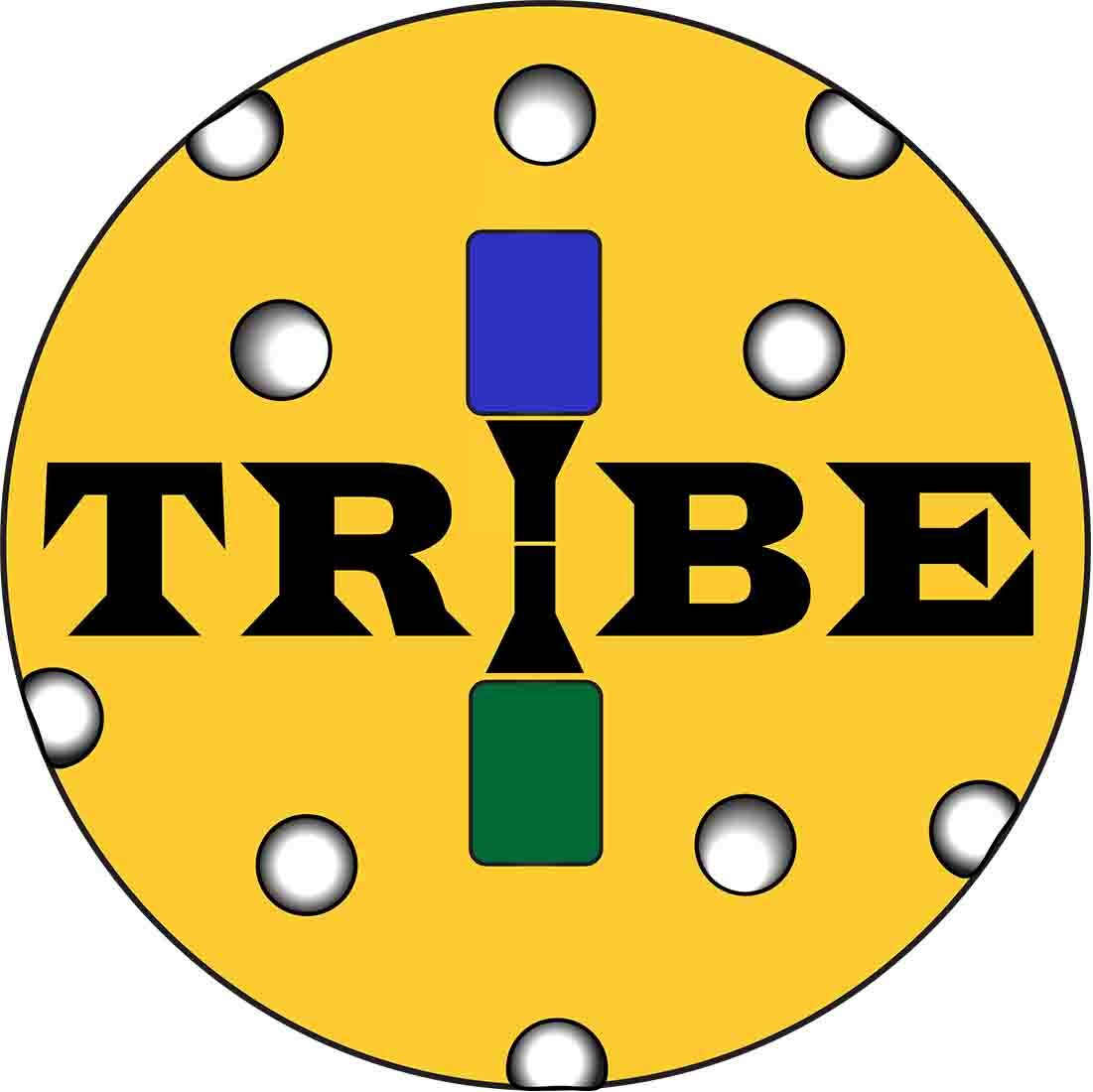There’s no denying that doubles pickleball adds an exciting twist to the game, blending strategy, coordination, and camaraderie. If you’ve ever been confused by the doubles format or just need a comprehensive guide, you’re in the right place. Let’s dive deep into the essential rules and pepper in some real-life examples to clarify the nuances. If you are also looking to review the rules for a singles match, please check out this post!
1. Starting the Game: The Serve
Every doubles game begins with a serve. But remember, it’s not like tennis or badminton – In pickleball, serves must originate from the right-hand court and be delivered underhand, making sure the paddle’s head is below the server’s wrist. The ball should be struck below the waist and land diagonally in the opposite court.
For instance, imagine you’re serving. If you’re on the right side of your court, you’ll aim for the opposite diagonal section on the other side of the net.
2. Scoring System: It’s Unique!
Doubles pickleball boasts a peculiar scoring method. Points are exclusive to the serving team. A game typically concludes at 11 points, but remember, you need to lead by at least two points to seal the victory.
Picture this: Your team has 10 points, and your opponents have 9. Even if you score the next point, the game isn’t over – You’d have to reach 12 to ensure that 2-point lead.
3. The Three-Number Score Call
Ah, the mysterious three-number call. It’s not a secret code; it’s just the way scores are announced in doubles pickleball.
- First Number: Current score of the serving team.
- Second Number: Opponent team’s score.
- Third Number: Specifies if the server is the first (1) or second (2) server.
Let’s break it down with an example: “6-4-1” means your team has 6 points, the opponents have 4, and the first player on your team is serving.
4. Double Bounce Rule
A cornerstone of pickleball rules doubles format is the double bounce rule. Before any volleys can happen, the ball must bounce once on each side, which ensures a fair rally start, avoiding any quick point snags.
Imagine you’re returning a serve. Instead of smashing it back immediately, let it bounce on your side first. Then, after you hit it, the opponents must also let it bounce once before they can volley.
5. The Non-Volley Zone (or Kitchen)
That 7-foot space on both sides of the net, also known as the “kitchen”, is a crucial area in pickleball. While you can enter the non-volley zone, remember volleying within it is a fault unless the ball has bounced in the zone first.
Think about a situation where a ball is dropping close to the net. Resist the urge to volley if you’re stepping into the kitchen. Instead, let it bounce, or step back to volley.
6. Faults: The Game Changers
Faults can swing the momentum of a game. Here’s when they can occur:
- A serve not landing in the opposite diagonal court.
- The ball going out of bounds.
- Non-adherence to the double bounce rule or kitchen violations.
Ever watched a game where a powerful serve goes slightly awry, sailing past the baseline? That’s a fault and a lost serving opportunity.
7. Switching Sides
To ensure no team has a prolonged advantage due to external factors, teams switch sides when one team scores 6 points in a standard game. This rotation balances out elements like sunlight and wind direction.
Consider playing on a windy day. Serving against the wind can be a challenge. Switching sides mid-game ensures both teams face the same conditions.
8. Stacking Strategy
Stacking is a tactic where partners align to position their stronger player on a particular side, irrespective of who’s serving. This play optimizes a team’s strengths and can be pivotal in high-stakes matches.
Say, for instance, one player has a killer forehand shot. By using the stacking strategy, a team can ensure that player is always positioned to use their forehand, maximizing their advantage.
9. Continuous Play Rule
Pickleball is a game of rhythm. Delays disrupt this flow. After scoring, the next serve should commence within 10 seconds. Lingering can result in faults, keeping the game’s pace brisk.
Imagine a team taking their sweet time after every point, discussing strategies and catching their breath. Not in pickleball! The game demands quick resets.
10. Service Sequence
Understanding the serving sequence is vital. The sequence is: first server from Team A, first server from Team B, second server from Team A, and then second server from Team B. If a fault occurs, the serving team rotates its servers.
For instance, if the first server from Team A commits a fault, the next serve will be by the second server from Team A, not by Team B.
Conclusion
Doubles pickleball is a dance of coordination, strategy, and quick reflexes. By truly grasping the doubles format, you’re setting yourself up for success and heaps of enjoyment. So, whether you’re playing casually in your backyard or gearing up for a tournament, remember these rules and play with confidence!
Feel like this guide illuminated the doubles pickleball scene for you? Share it with fellow players and drop your experiences and queries in the comments below. I hope you now have a good idea of pickleball rules doubles players need to know! Play fair, play hard, and most importantly, have fun!

